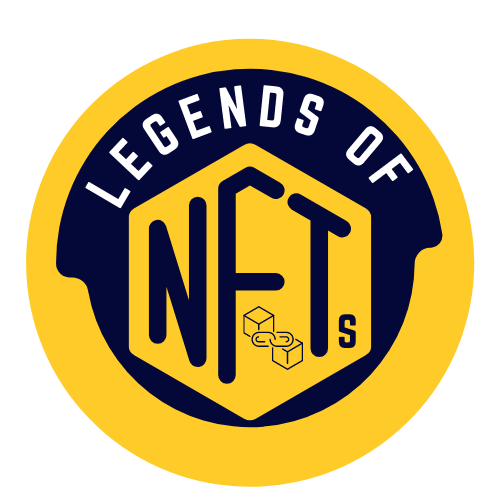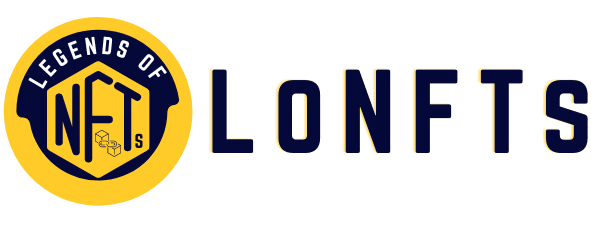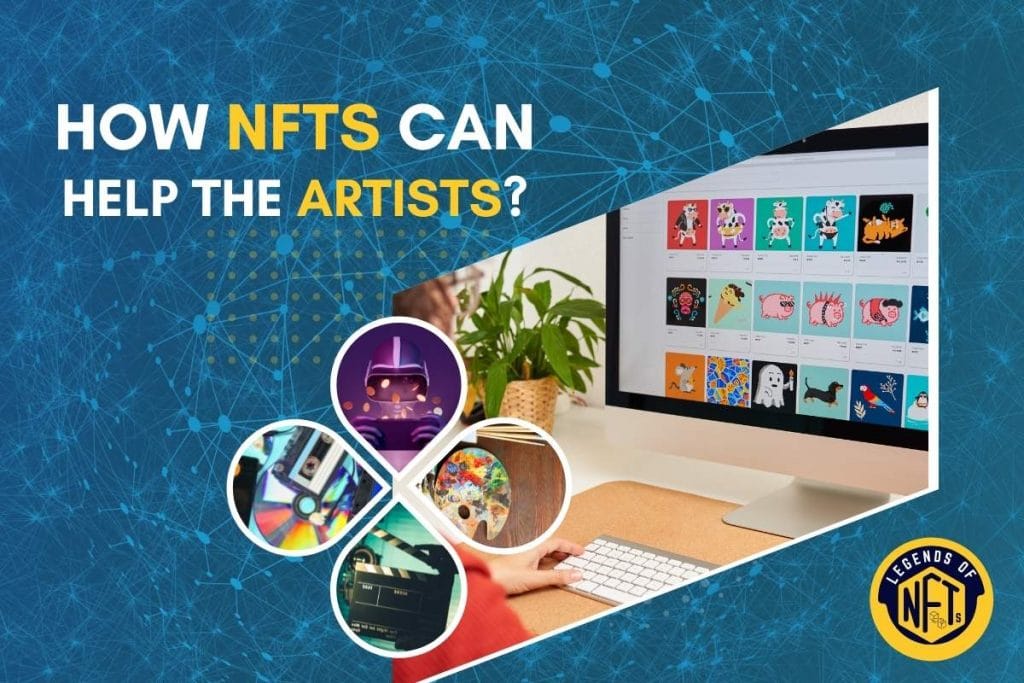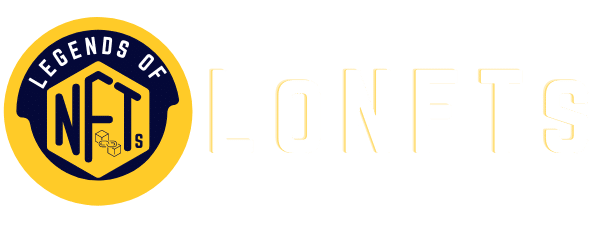As the world of blockchain and cryptocurrency evolves, new opportunities are arising for artists to create and share their work. NFTs (non-fungible tokens) are one such opportunity, and they hold great potential for empowering artists. In this post, we’ll explore what NFTs are and how they can be used to benefit artists. We’ll also take a look at some current projects that are using NFTs to create new forms of art. Finally, we’ll discuss the future of NFTs and how they could shape the art world as we know it. So strap in and let’s dive in!
Learn More about Blockchain Technology here.
What are NFTs?
NFTs are digital assets that are stored on a blockchain. Unlike cryptocurrencies, which are fungible (i.e. each unit is interchangeable with another), NFTs are non-fungible, meaning each one is unique and cannot be replaced by another. This makes them well-suited to represent digital art, as each piece can be stored and verified as a unique item.
If interested in learning more we have a full guide called “Everything you need to know about NFTs” that explains all aspects of NFTs in details.
How NFTs can help Artists?
The NFTs can help artists in a many ways, some of which are discussed below:
Creating a permanent record of work:
When an artist sells an NFT, they can be rest assured that there is now a permanent and unalterable record of their work. This can be useful for verification purposes, as well as providing peace of mind that the work will always be attributed to them.
Income source for artists:
Currently, most artists rely on a single income stream, such as sales of physical artworks or performance fees. The use of NFTs could help to increase the number of income streams available to artists. For example, in a world where music streaming services are the norm and physical album sales have dwindled, it can be difficult for artists to make a living. However, recent developments in blockchain technology and NFTs have created a new way for artists to monetize their work.
Unlike traditional cryptocurrencies like Bitcoin, which are fungible, or interchangeable, NFTs are unique digital assets that can be bought and sold like any other piece of art. This has made them particularly popular with collectors, and as a result, NFTs have been used to sell everything from digital artwork to music to basketball highlight reels to tweets. While the NFT market is still in its infancy, it has the potential to revolutionize any industry.
Making it easier for artists to get paid:
The use of NFTs could also help to make it easier for artists to get paid for their work. For example, they could set up a system whereby they are paid every time someone views or interacts with their work. This would provide a more sustainable model for financing art, and could help to support a new generation of artists.
Simplifying royalty payments:
The use of NFTs can help to streamline the process of royalty payments for artists. Rather than having to keep track of who owns what and when they should be paid, artists can simply sell their work as an NFT and receive payments automatically. This could save a lot of time and effort, as well as providing greater transparency around payments.
Creating new opportunities for collaboration:
The use of NFTs opens up new possibilities for artists to collaborate on projects. For example, two artists could create an NFT together and then sell it as a single item. This would allow them to split the proceeds from the sale, as well as creating a unique and collectible piece of art.
Enabling artists to create new types of art:
As the technology develops, artists will be able to create ever-more complex and intricate pieces of art. We could see the emergence of new genres and styles, as well as entirely new forms of expression that are only possible with NFTs.
Empowering artists to take control of their work:
The use of NFTs could help to give artists more control over their work. For example, they could choose to sell their work directly to fans, rather than going through a third-party platform. This would allow them to keep more of the proceeds from sales, as well as having greater control over how their work is used and distributed.
These are just a few ways that artists can take advantage of the NFTs. Read more about other possible uses of NFTs in our article “12 Practical Uses of NFTs Beyond Digital Artworks“.
Current Platforms & Projects using NFTs
There are already a number of artists and platforms experimenting with NFTs. Some notable examples include:
CryptoPunks:
One of the earliest examples of NFTs, CryptoPunks are digital collectibles that were created in 2017. There are 10,000 CryptoPunks in total, each of which is unique and can be traded on the Ethereum blockchain.
Learn More about CryptoPunks.
BoredApes:
BoredApes is a collective of artists who are using NFTs to sell their work. One of their recent projects, WIP, is an online gallery that allows artists to sell their work directly to fans.
Learn More about BoredApe.
OpenSea:
OpenSea is the world’s largest marketplace for NFTs, with a wide range of items on offer, from digital art to in-game items.
Learn More about OpenSea.
SuperRare:
A platform for buying and selling digital art, SuperRare allows artists to create and sell their work as NFTs. All of the art on the platform is verified by an independent team of curators, ensuring that only high-quality works are listed.
Learn More about SuperRare.
KnownOrigin:
Another platform for buying and selling digital art, Known Origin also focuses on quality control, with each piece of art being manually reviewed before it is listed.
Learn More about KnownOrigin.
These are just a few examples of the many platforms and artists experimenting with NFTs. It’s clear that there is a lot of interest in this new technology, and we can expect to see even more experimentation in the coming months and years.
The future of NFTs
It’s still early days for NFTs, but there is already a lot of excitement about their potential. We will have to wait and see how NFTs develop in the future, but there is no doubt that they have the potential to revolutionise the art world. Only time will tell what impact they will have on the way we create and consume art.
Learn More about Pros & Cons of Investing in NFTs.
Conclusion
NFTs have the potential to revolutionise the art world, giving artists more control over their work and simplifying the process of selling and distributing art. The future of NFTs is still uncertain, but there is a lot of excitement about their potential. We will have to wait and see how they develop in the coming months and years.





